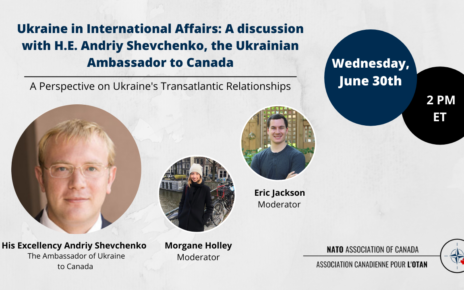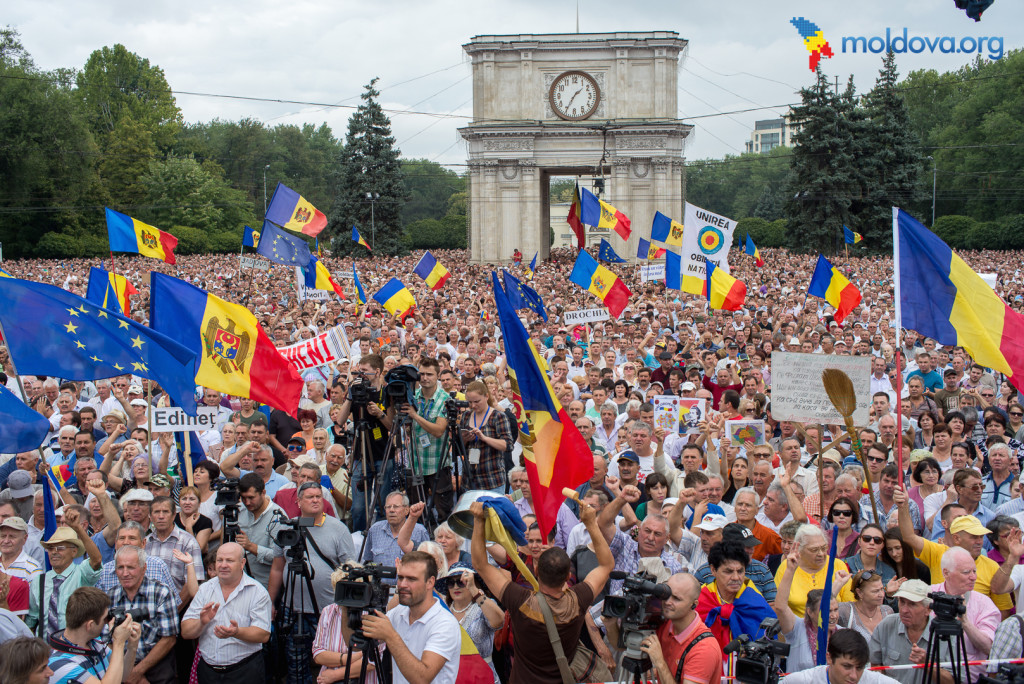While international attention has recently focused on Russia’s military intervention in Syria, another battle for influence has been quietly unfolding on Russia’s doorstep. In the past several years, the entry of Chinese business into Central Asia has triggered a struggle for economic supremacy between Moscow and Beijing. Since the fall of the Soviet Union, Russia has continued its dominance over the economic and military affairs of Central Asia. Russia has maintained its military clout through the presence of military bases located in countries like Kazakhstan, Tajikistan and Uzbekistan.
Economically, Russia still controls the majority of the region’s energy exports, a position of power it has gained by bullying the area’s countries into selling their oil and gas at below market rates through Soviet era pipelines, while Russian companies re-exported these goods at a markup. Russia has further exerted its influence through its leadership of a variety of multinational organizations such as the Eurasian Economic Union (EEU) and the Collective Security Treaty Organization (CSTO). Through the EEU, an economic bloc launched in January, Moscow has attempted to formalize and strengthen its economic ties within the region through a partnership that excludes Western influence. Similarly, the CSTO attempts to bring Central Asian nations together in a military alliance with Russia as the leading power.
While Russia has long been Central Asia’s dominant power, the emergence of China as a competitor in the region has greatly weakened Moscow’s influence. Central Asia’s vast supply of gas and oil is very appealing to Beijing, as China is constantly seeking new sources of energy to fuel its booming economy. At the same time, China is looking to expand its westward overland trade in order to reduce its economic dependence on coastal maritime commerce. In the past several years, China has stepped up its investment in the area, concluding large energy contracts with Kazakhstan and Uzbekistan, as well as a natural gas deal with Turkmenistan. China has also provided US $8 billion in loans and aid to Turkmenistan, and is expected to provide at least US $1 billion to Tajikistan. In addition, China has spent billions of dollars to build roads, pipelines, railways and other infrastructure in Central Asia as part of its ambitious “Silk Road Economic Belt” plan that aims to link China to Europe.
China’s massive investment in Central Asia has given Beijing a level of economic influence in the region that Moscow cannot hope to match, especially given Russia’s economic woes, which have been exacerbated by Western sanctions. Armed with deep pockets, China has quickly surpassed Russia’s commercial clout in the area, as its trade with Central Asia reached 46 billion in 2012, almost double that of Russia. Moscow seems to have acknowledged the new balance of power in the region, recently eschewing its traditional resistance to Central Asian multilateral initiatives not under its sole leadership by agreeing to coordinate the development of the EEU with the China Silk Road Economic Belt plan.
The Kremlin has apparently realized that it cannot maintain its position of economic dominance in the region, and that multilateral organizations such as the EEU and the CSTO cannot prevent nations in the area from falling under the sway of Chinese economic might. Russia’s best move is to preserve as much economic influence as possible in the region by partnering with China. In addition, Moscow’s newfound willingness to work with China in Central Asia is part of Russia’s broader pivot to the East since its falling out with the West over the Ukraine crisis. As a result of Western sanctions, the Kremlin has been forced to court Chinese investment to aid its struggling economy, which has reduced Russian resistance in Central Asia to China’s encroachment.
Events in Syria and Ukraine have shown that Moscow is willing to take aggressive measures to support its interests abroad. Thus, it is worth keeping an eye on the economic struggle in Central Asia, as China flexes its commercial muscles in a region that has long been under Russian dominion. So far, China’s involvement in the area has been purely economic. However, as Chinese investment in Central Asia increases, it is possible that the China will look to increase its political and military presence to protect its business ventures. Such potential growth in China’s regional role would be a direct threat to Russia’s position in the area, and could lead to more overt conflict between Moscow and Beijing, triggering yet another battle for hegemony in the former Soviet sphere.





